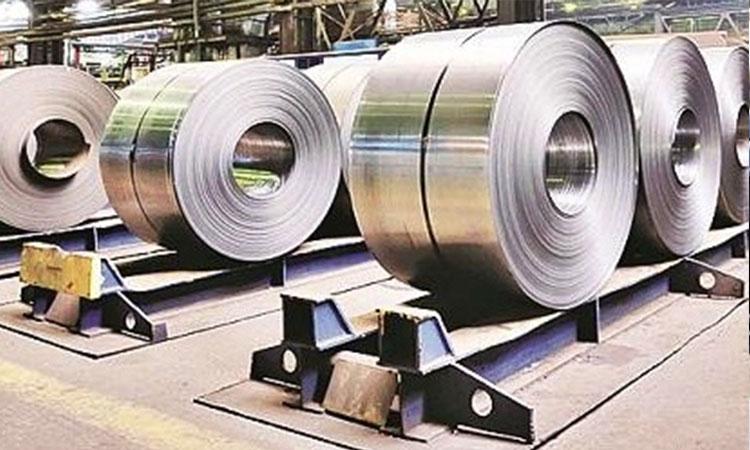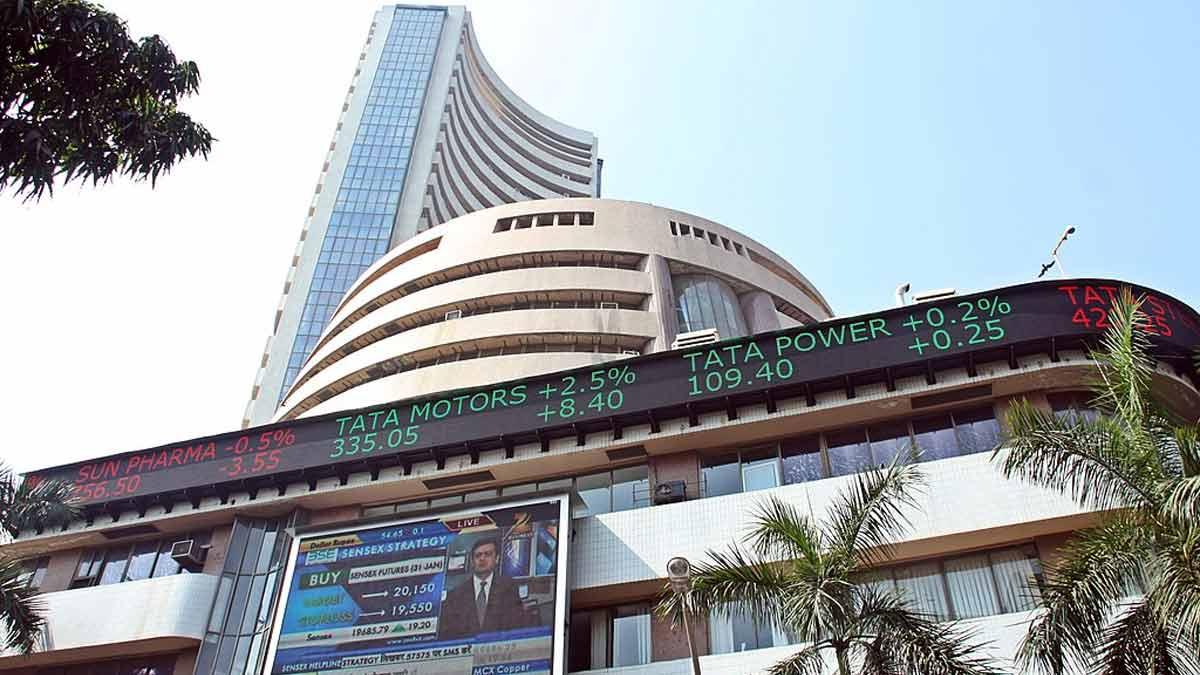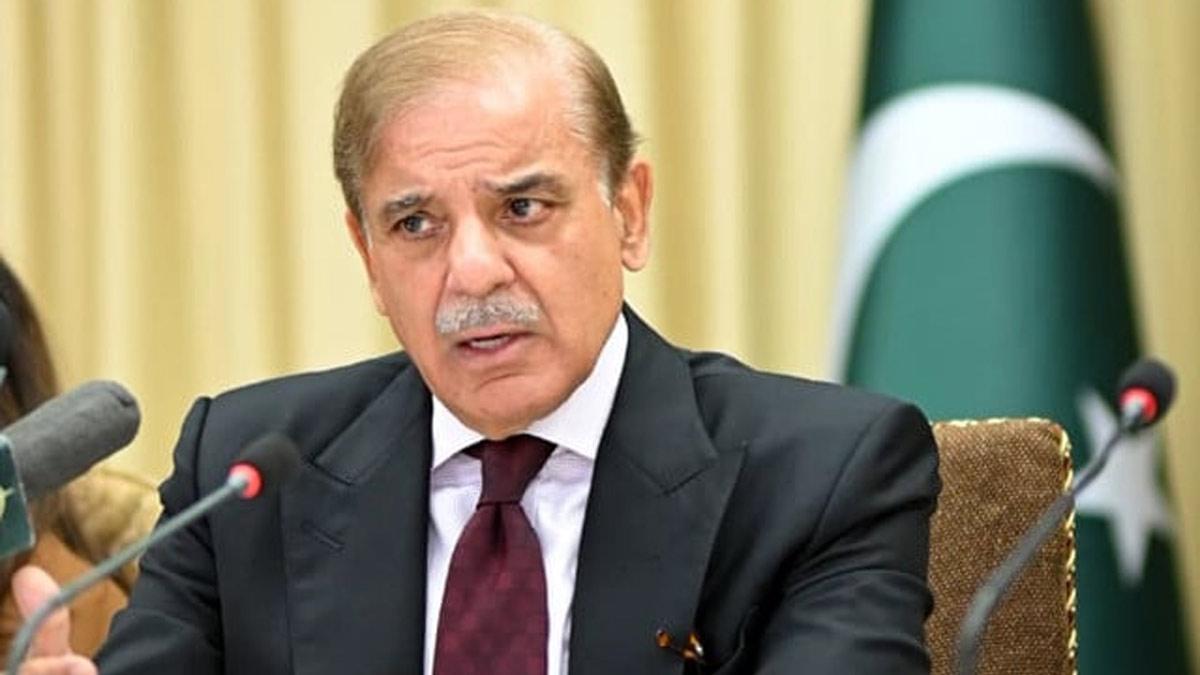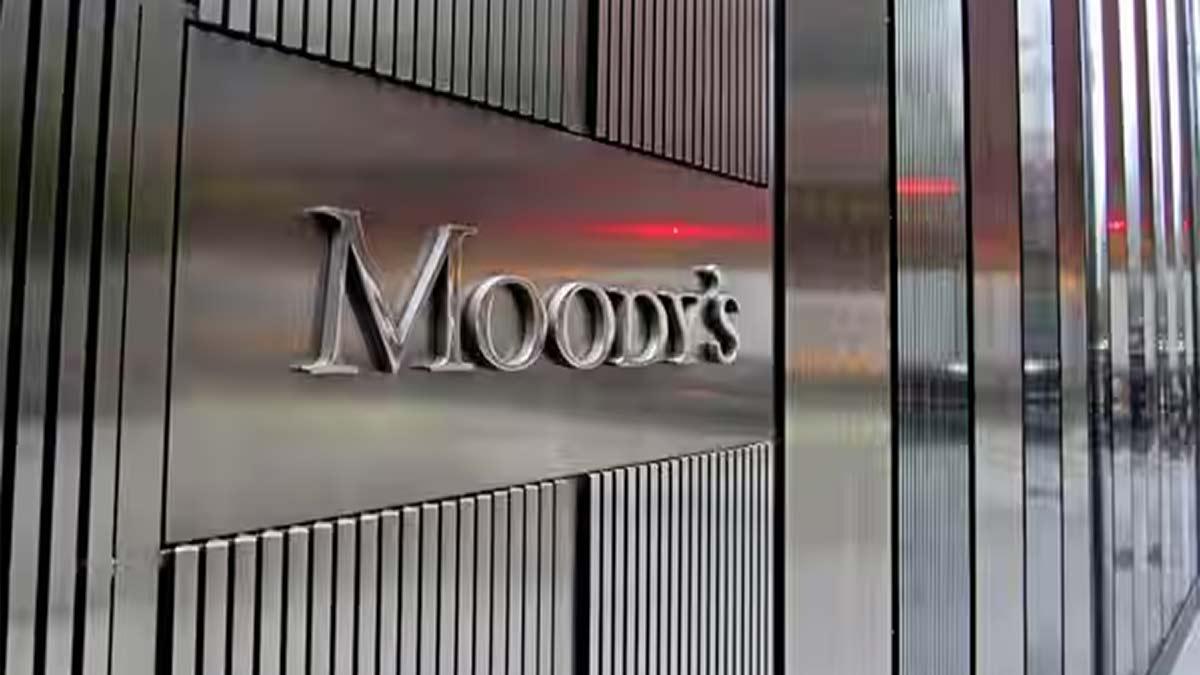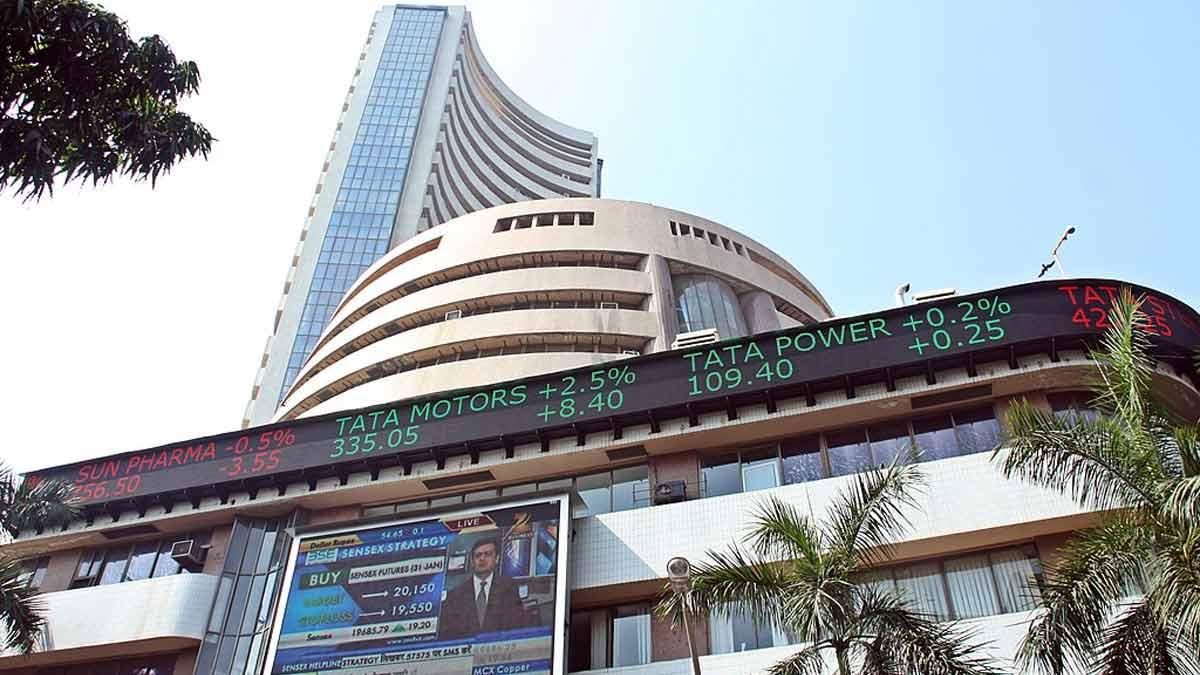Large steel makers took huge strides in terms of both operations and financial performance last fiscal, increasing their market share by 500 basis points (bps) on-year to 58 per cent despite their share of industry capacity remaining unchanged, rating agency Crisil said in a research report on Tuesday.
The improvement was driven by supply-chain efficiencies, higher exports, and captive mines that limited the impact of iron ore shortage. Their capacity share is expected to rise this fiscal after JSW's Dolvi plant expansion of 5.6 million tonne comes on stream, the report added.
Higher exports helped counter lacklustre domestic demand for large steel makers (especially in the closing quarter of last fiscal and the first quarter of this fiscal). They also gained domestic market share, especially in the long-steel space, according to Crisil.
ALSO READ | Continue preserving CCTV footage of post-demo period, RBI to banks
Consequently, they operated at over 80 per cent utilisation levels as against sub-optimum levels of 62 per cent by mid-sized and small steel makers.
Large steel makers have benefited more from the rally in steel prices, given the dominance of flat steel in their portfolio. Domestic flat steel prices have nearly doubled to Rs 72,000 per tonne in June 2021 from Rs 38,000 per tonne in June 2020. In comparison, long-steel prices rose 1.4 times to Rs 57,900 per tonne.
The price rally, spurred by China's green policy, is likely to benefit through the first half of this fiscal, too, with flat- steel prices already up 70 per cent since April. While prices will soften in the second half, they would still be 40-45 per cent higher on-year, the report said.
ALSO READ | 'Don't let taxpayers down': FM tells Infosys over issues on ITR e-filing portal
With blockbuster profits, steel makers also embarked on significant deleveraging. Consequently, their net debt/Ebitda reduced to 1.8 times last fiscal from 3.6 times in fiscal 2020 (average for the sample set of 21 companies).
The top four steel makers reduced net debt (in their Indian operations) by Rs 34,000-35,000 crore as their Ebitda pool nearly doubled during the year.
According to the report, this fiscal, deleveraged balance sheets will drive capacity expansion plans (both brownfield and greenfield) and capex to their previous peaks. Capex deferred during the previous cycle will also kick in.
The ongoing capex cycle will continue to be driven by large steel makers, which are expected to add more than 95 per cent of the new capacities coming on stream over the medium term.

